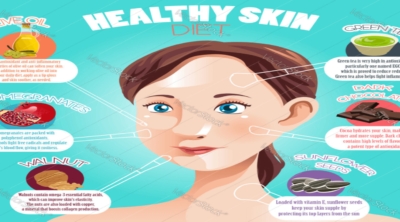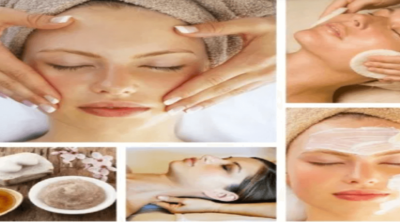
A glycolic acid peel is primarily used for reducing the appearance of scars, age spots, sun spots, acne scars, and wrinkles and fine lines. You can find out more information about this product by reading this article.
Glycolic acid is a type of fruit acid that comes under the category of alpha hydroxy acids or AHAs. This fruit acid can be naturally derived from sugarcane, and it is soluble in water. Glycolic acid is the smallest alpha hydroxy acid, which can penetrate the skin easily to promote skin exfoliation and regeneration. This is the reason why, this fruit acid is used in many skin care products, especially in chemical peels.
A number of other products like cleansers, body lotions, and face creams can also contain this acid. Not many people know that this acid has several industrial applications as well. At higher concentrations, it can be used for degreasing and rust removal. But this fruit acid is more commonly known for its cosmetic uses rather than its industrial applications.
Glycolic Acid Peels
This acid is mainly found in chemical peels, that are primarily used to remove the dead skin cells to make the skin smoother and younger looking. Glycolic acid chemical peels are available at the concentration of 20 to 70%. The home kits usually contain a low concentration of this fruit acid. Such kits can contain this acid at the concentration of 10 to 20%. Chemical peels containing glycolic acid can easily penetrate the upper layer of the skin, and weaken the glue or the lipids that hold dead skin cells together.
Benefits
Products containing glycolic acid are found to be quite beneficial for a number of skin conditions, including hyperpigmentation or uneven pigmentation, facial blemishes, sun damage, sun spots, age spots, hyperkeratosis, seborrheic keratosis, wrinkles, fine lines, and scarring. One can use them for the removal of acne scars as well.
All these benefits can be attributed to the exfoliating properties of this fruit acid, for which it can ensure the rapid shedding of the topmost layer of the skin to reveal the new skin underneath. Apart from this, this fruit acid can stimulate skin regeneration by increasing the production of collagen. Due to its ability to stimulate the production of collagen and skin exfoliation, this acid can significantly reduce the visibility of stretch marks, especially when the marks are new.
Side Effects
This type of chemical peel can produce an uncomfortable sensation on the skin. A light burning sensation is the most common side effect that can be experienced when the acid solution is applied on the skin. One can also experience a few other side effects like mild skin irritation, swelling, skin redness, and itching following this procedure. Later, skin peeling and chapping can take place. After doing a chemical peel, the skin can become sensitive to sunlight.
To sum up, a glycolic acid chemical peel can improve the texture of the skin without causing any serious side effects. Chemical peels containing glycolic acid and other alpha hydroxy acids are usually known as superficial or light chemical peels. A light chemical peel can cost less than a medium or deep chemical peel. The cost of a light chemical peel usually falls in the range of $150 to $300. However, before considering to do a chemical peel, it is advisable to talk to a dermatologist and evaluate its various pros and cons, along with the condition of your skin, in order to find out whether you are a good candidate for this procedure.


